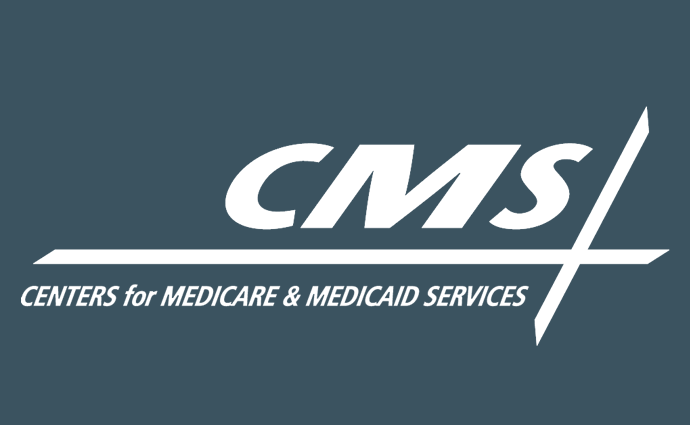How Will Health Literacy Affect Interoperability Rule Benefits?
While some patients will not benefit due to health literacy and technological barriers, the interoperability rule will increase options for others, CMS says.

Source: CMS
- With its new interoperability rule, CMS pushed ahead with the anticipated mandates, which direct payers to provide Patient Access application programming interfaces (APIs) and Provider Directory APIs, saying that patient health literacy may get in the way for some but not all patients.
Some industry leaders contested the Patient Access API, suggesting that patient populations with low technology access and/or low patient health literacy would not be able to utilize the tool effectively. Some research shows that even patients who do have the technological access to download their EHR data from an API may not make use of it.
However, CMS cited the prevalence of mobile technologies in the US—81 percent of Americans own a smart phone and 96 percent own a cellphone, according to Pew Research.
“We appreciate that not everyone is comfortable with, has access to, or uses electronic applications in making health care decisions. Such patients will maintain the same access that they have to their personal health information today,” CMS argued in response. “This regulation does not change any existing patient information rights. This regulation simply adds new options to ensure patients have the information they need, when, and how they need it.”
In response to concerns about the level of healthcare spending payers and healthcare systems would have to dedicate to implementation, CMS provided a range of possible cost estimates based on payer size. The range starts at over $700,000 and progresses to up to $2.3 million, with an average of $1,576,829 per payer. None of this cost will be eligible for federal grant funding.
READ MORE: CMS Releases Finalized Rule on Interoperability
That being said, the government already shoulders much of the cost for Medicaid, Medicare Advantage, and CHIP beneficiaries. For Medicaid, the federal government’s fiscal responsibility amounts to 50 percent of administrative costs and 90 percent of system development costs.
“We believe that the benefits created by the Patient Access API outweigh the costs to patients if payers choose to increase premiums as a result,” CMS indicated.
Costs will also be absorbed into the capitation rates for Medicaid managed care organizations.
The rule speaks primarily to payers, Medicare Advantage organizations, Medicaid managed care organizations, CHIP managed care entities, and qualified health plan issuers on the federally facilitated exchanges.
CMS stated that these organizations are required, at the patient’s consent and direction, to send healthcare data to any other payer of the patient’s choice. However, they can do so using the original format of the information.
READ MORE: How Employers Can Raise Financial Wellness and Health Literacy
For the sake of dual eligible beneficiaries, states are now required to exchange data with CMS daily starting in April 2022.
The Merit-Based Incentive Payment System (MIPS) includes three statements that test a provider’s information blocking practices. When a physician, eligible or critical access hospital submits a “no” to any of the information blocking MIPS statements, an indicator will be posted on the provider’s Physician Compare page. These indicators will be posted in late 2020.
Providers will also be placed on a public list if their digital contact information is not listed in the National Plan and Provider Enumeration System (NPPES). The rule ensures that providers must inform CMS that their electronic medical records comply with legislation and that it properly sends notifications regarding the patient’s condition at the appropriate time.
However, CMS did not ratify the proposed rule in its entirety.
The agency agreed with commenters that a Trusted Exchange Framework and Common Agreement must be in place before the industry can require organizations to be part of a trusted exchange network. If included as part of the final rule, this would have created secure digital “pathways” for information to traverse the healthcare system. As it stands, CMS did not include such a provision in the final version of the rule.
READ MORE: Challenges and Solutions of Medicaid Beneficiary Communication
Two requests for information (RFIs) point to remaining gaps that need to be addressed.
“We included two RFIs in the proposed rule: one related to interoperability and health IT adoption in PAC settings and one related to the role of patient matching in interoperability and improved patient care. We thank commenters for the insights shared on these two topics,” CMS stated.
“We believe this is an important step in advancing interoperability, putting patients at the center of their health care, and ensuring they have access to their health information,” the rule said.
“We are committed to working with stakeholders to solve the issue of interoperability and getting patients access to information about their health care, and we are taking an active approach to move participants in the health care market toward interoperability and the secure and timely exchange of health information.”
